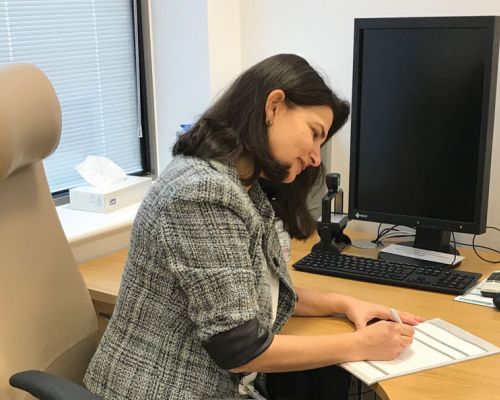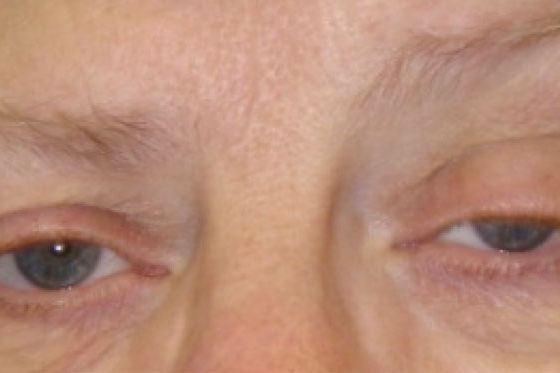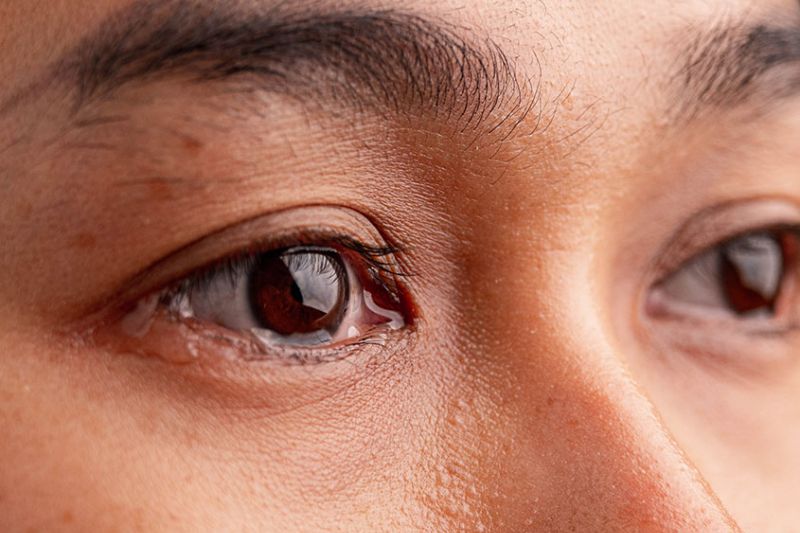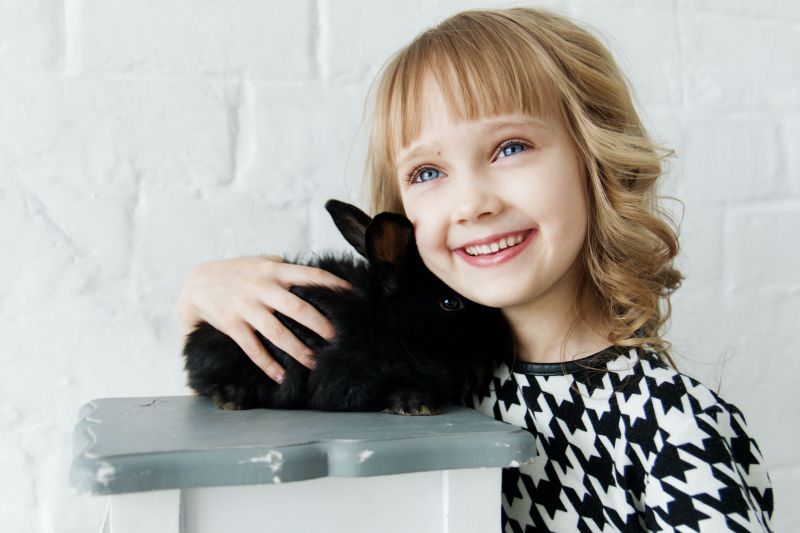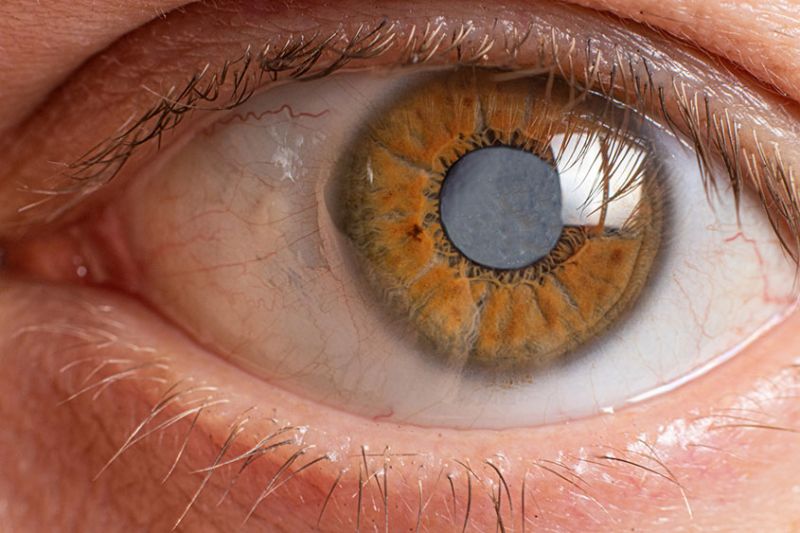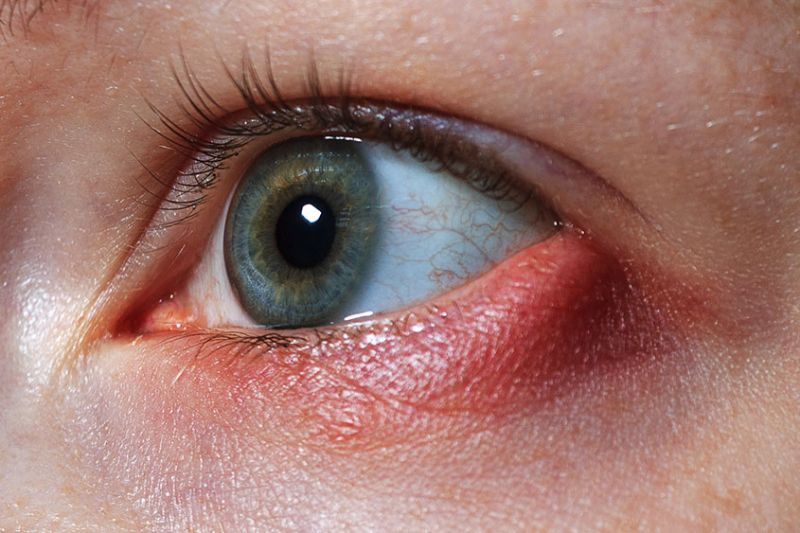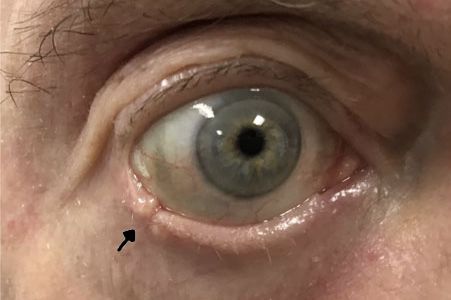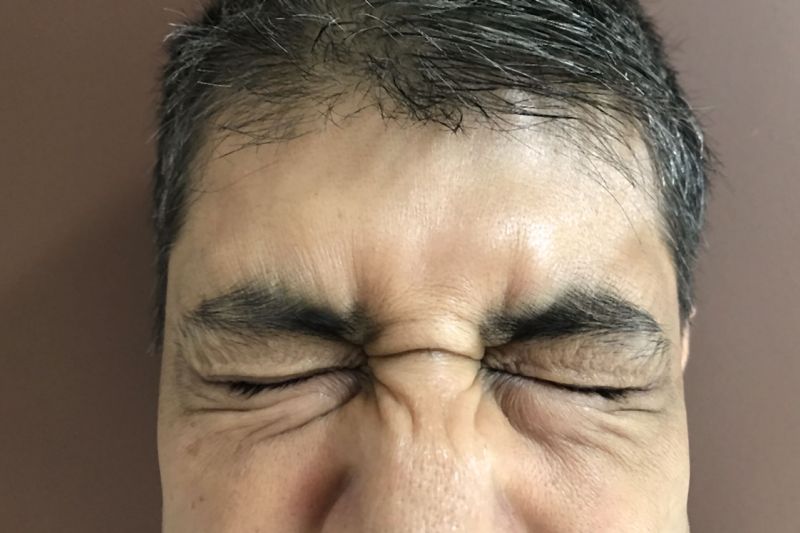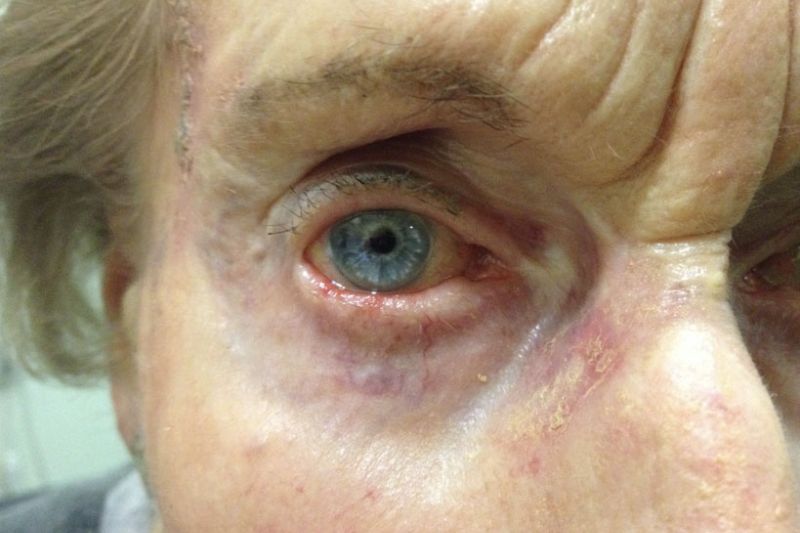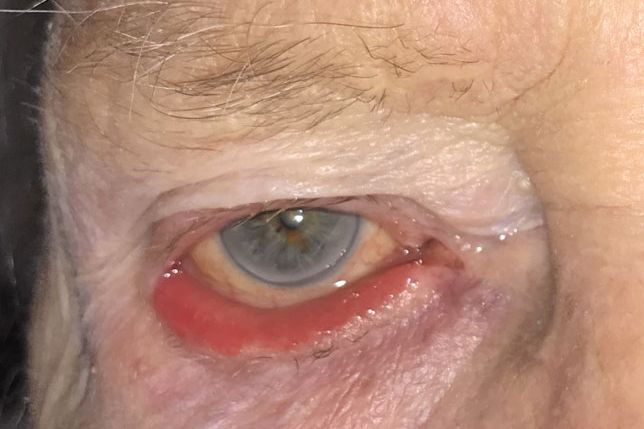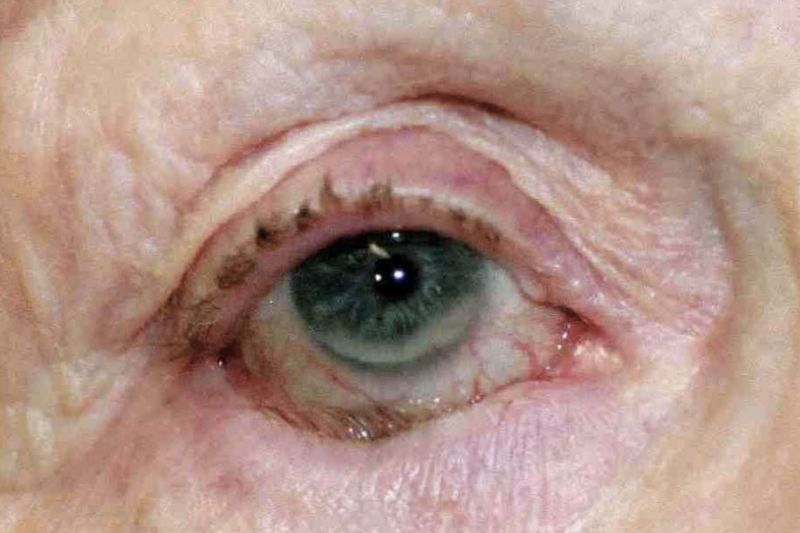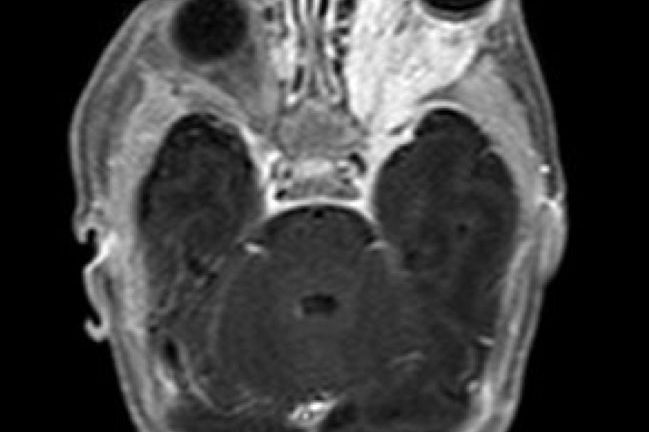Eye Bags and Droopy Eyelids
Droopy eyelids (ptosis) and hooded upper eyelids (dermatochalasis) can not only interfere with your vision, but can make you look older, sleepy and also makes your eyelids feel heavy. Bags under the eyelids can make you look old and can affect your confidence because of the appearance. As a specialist periocular cosmetic surgeon, I can assure you that you are in safe hands when it comes to the intricacies of surgery in and around the eyes.
Watery eyes or a Blocked Tear Duct
Watery eyes can be very incapacitating and embarrassing as well. There are several causes for a watery eye. Your eye may water either because of over production of tears for example a foreign body lodged under your eyelid causing irritation or due to an obstruction to outflow of the tears.
Eye Conditions in Children
I treat children who have problems with sticky or watery eyes, droopy eyelids (ptosis) and squints (strabismus).
Cataracts
Cataract surgery maybe the most common surgery performed, but for you it is your eye that is going to be operated on and you would want full assurance that the surgeon operating on you is competent and will give you the best possible result, with the least amount of discomfort. This is what you can expect when you have cataract surgery under my care. Every patient’s needs are unique and need special consideration.
Eyelid Lumps and Cysts (Chalazion)
Eyelid lumps and cysts are very common and most often benign. Most of these conditions are no longer eligible for treatment by the NHS as they are considered to be procedures of low clinical value.
Eyelid tumours
Most eyelid cancers can be managed by surgery. It is important to detect eyelid tumours early, as the lesser the amount of tissue removed, the better the cosmetic results from surgical excision and reconstruction. Eyelid tumours can mimic benign lesions or even inflammation hence it is important to have growths around the eyes checked out quickly.
Involuntary Blinking (Blepharospasm)
Blepharospasm is an involuntary blinking or spasming of the eyelids due to uncontrolled eyelid muscle contraction.
Inflammation of the Eyelid (Blepharitis)
Blepharitis is a common condition affecting the eyelids. The symptoms can range from mild irritation and dryness of the eyes to extremely uncomfortable, debilitating symptoms of severe dryness and soreness.
Ectropion (Outward turning of the eyelid)
Ectropion is most commonly seen in the lower eyelid. It does occur in the upper eyelid, but that is very rare. Symptoms range from a red eye, watering of the eye to sticky discharge and discomfort. I will be referring to lower eyelid ectropion here.
Inward Turning of the Eyelid (Entropion)
Entropion is most commonly seen in the lower eyelid. It does occur in the upper eyelid, that that is very rare. An entropion can cause a lot of discomfort as the eyelid and especially the eyelashes rub against the cornea (sensitive clear window of the eye). I will be referring to lower eyelid entropion here.
Orbital Conditions
The orbit is the bony cavity of the skull into which the eyeball sits. The orbital cavity contains the eyeball, the optic nerve, lacrimal gland, muscles that move the eye, nerve, blood vessels and fat. Any of these tissues can be affected by inflammation, infection, tumours and other conditions.

